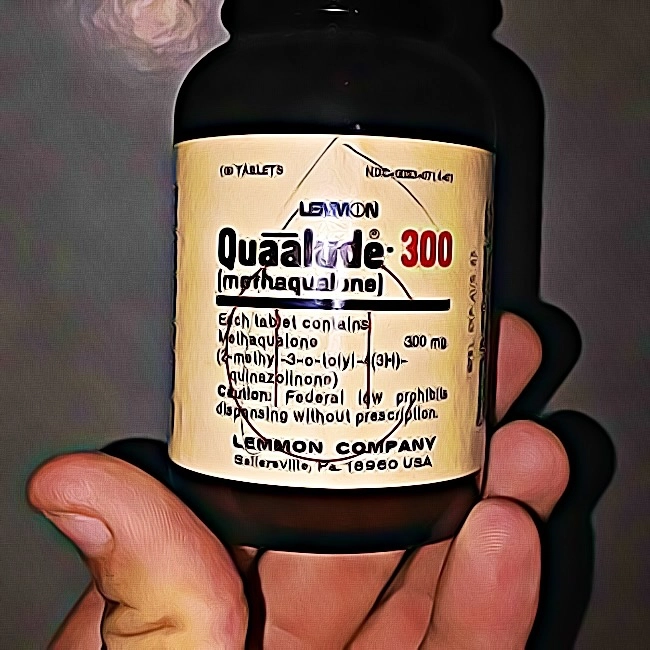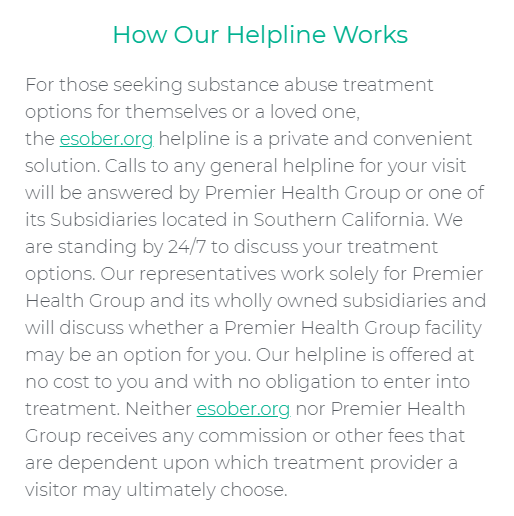Quaaludes were a popular sedative in the 50s to 60s. The name “Quaalude” was a trade name for methaqualone—in the 1950s, methaqualone was a prescription drug. Besides Quaalude, there were other brand names for methaqualone like Sopor, Bon-Sonnil, and Mequin. The name combines the words ‘quiet’ and ‘interlude,’ describing its effects on the user. Here are a few more things to know about this drug.
How the Body Reacts to Quaaludes
Methaqualone increases GABA or neurotransmitter activity and lasts approximately 20 to 60 hours in the body. It induces sleep, and its effectiveness against insomnia is a primary reason people got a prescription for Quaaludes in the first place. An increase in GABA decreases a person’s breathing and heart rate. Lowered cardiovascular and respiratory activity levels lead to a drop in pulse rate and blood pressure, which produces feelings of relaxation.
The body can build a tolerance for methaqualone. If you use Quaaludes for an extended period, eventually, you would need a higher dose to get the same level of relief. So, people with a sleeping disorder who consistently take Quaaludes are in danger of a severe overdose, coma, or even death.
The Side Effects of Quaaludes
Quaalude addiction could lead to physical, psychological, and social harm. People have lost relationships, missed out on job opportunities, and suffered from financial problems because of their addiction. Here are the possible side effects of abusing this drug.
Physical
Using this sedative in small amounts will cause liveliness and relaxation in a person. Taken in larger quantities, it can act as a stimulant. The larger the dose, the more intense the feelings it causes, which leads to dangerous physical effects. Often, users combined Quaaludes with alcohol to create drunken, sleepy highs. Typically, the effects start after 30 minutes and can last up to six hours.
Lethal doses contain 30 times as much methaqualone as what is in one tablet. However, when combined with alcohol, even as little as two grams of Quaaludes can be coma-inducing. Abusing Quaaludes is detrimental to the body in several ways, and it can harm various systems and organs. Physical effects of this drug include headaches, drowsiness, and slowed speech. It also causes respiratory depression, cardiovascular and motor dysfunction, extreme light sensitivity, and numbness of the fingers and toes. An overdose on Quaaludes can lead to respiratory arrest, liver damage, coma, and death.
Psychological and Social
Besides physical effects, Quaalude abuse could bring psychological and social ones as well. Delirium and mood disorders like anxiety and depression are common among long-time heavy users of the drug. Also, abusing this drug causes insomnia, the condition it is supposed to treat.

Like addictions to other substances, Quaalude abuse brings adverse social effects to the user. It causes them to withdraw from events and social activities, decreases their desire for social interactions, and causes them to isolate and segregate themselves from loved ones.
What Are Signs and Symptoms of Quaalude Addiction?
Knowing how to spot a Quaalude addiction will be beneficial to you and your loved ones. Although methaqualone is illegal in the U.S., many people still sell what they claim to be Quaaludes. Some signs and symptoms of abusing this drug include nausea, vomiting, excessive sweating, loss of appetite, and slurred speech. Besides these, a Quaalude addiction can also cause sexual dysfunction, memory loss, and hives.
Abusing this drug could also cause generalized weakness, an irregular heartbeat, and motor dysfunction. If you or someone you know is experiencing these side effects, contact an addiction treatment center immediately. Medical attention can prevent these symptoms from worsening.
Is There Still Rampant Quaalude Abuse Today?
In the 1960s and 1970s, Quaaludes were popular party drugs. Since they are highly addictive, however, they were withdrawn from most markets by 1983. In the United States, it became a Schedule I drug in 1984. The drug had a bootleg period from 1984-1988, but its popularity waned in the 1990s. Today Quaaludes are rare in the U.S., though manufacturers might still be producing them clandestinely. Its illicit use is still prevalent elsewhere, so Quaalude abuse education is still important today.
A Short History of Quaaludes
Quaaludes first came out in 1951, and Indian chemists Indra Kishore Kacker and Syed Husain Zaheer were the first ones to synthesize this drug. They conceived methaqualone as a treatment for malaria initially, but their studies showed that the drug was also a potent sedative.
Methaqualone first became popular in Japan and Germany, which are also sources of the first accounts of the drug’s recreational abuse. It also reached the U.K.—by 1965, it has become the most frequently used sedative in Britain, legally sold under the names Mandrax, Malsed, Malsedin, and Renoval. Today, the trade name Mandrax is still used to this day.
Quaaludes also slowly made their way to the United States in the 1960s, where the “hippie” counterculture and disco eras fueled its rise in popularity. In the U.S., the pharmaceutical firm William H. Rorer, Inc. was the original manufacturer of Quaaludes. Eventually, they sold the rights to the name “Quaalude” to the Lemmon Company, also in Pennsylvania. During the 1960s to the 1970s, doctors were freely prescribing them. People could even buy Quaaludes in stress clinics, and by 1972, it was the sixth best-selling sedative in the country.
However, with this popularity came rampant drug abuse. In 1978, Rorer’s chairman John Eckman said that Quaaludes accounted for less than two percent of Rorer’s sales but 98 percent of its headaches. Recreational use was hurting the company’s image, which is a contributor to its decision to sell the rights to manufacture Quaaludes.
Why Quaaludes Became Popular in U.S. Drug Culture
This drug was popular because it was easy to access in discos and nightclubs back then. Their popularity even led to the establishment of “juice bars,” non-alcoholic clubs serving people who wanted to dance while high on “Ludes,” or Quaaludes. It was so popular that the Drug Enforcement Administration declared Quaaludes the second most abused drug in the U.S. in 1981. Two years later, Quaaludes were outlawed in the country for causing widespread addiction and its potential to become a date rape drug.
It also had staying power because it was unpatented. Any pharmaceutical company could produce methaqualone, but the name Quaalude was the best known. Another reason why it stayed as long as it did was because people reported it was “more pleasant” to take than other sedatives.
However, its downsides outweighed its advantages. According to neuroscientist Justin Gass, it was common for people to sleep and not wake up after overdosing on Quaaludes. Misuse of the drug, when coupled with alcohol, is exceedingly disastrous.
Today, it is impossible to find Quaaludes on the street. Methaqualone is no longer legitimately manufactured in the U.S., but you can still find people who claim to sell Quaaludes. These products are likely nothing more than a combination of barbiturates that create a similar effect to what methaqualone produces.
Conclusion
Quaaludes are synthetic, barbiturate-like depressants for the central nervous system. The drug’s hypnotic and sedative activity made it a popular muscle relaxant and treatment for insomnia. People who abuse Quaaludes are at risk for various cardiovascular, respiratory, and neurological conditions. Methaqualone abuse can even lead to a coma or death.
Sources:




